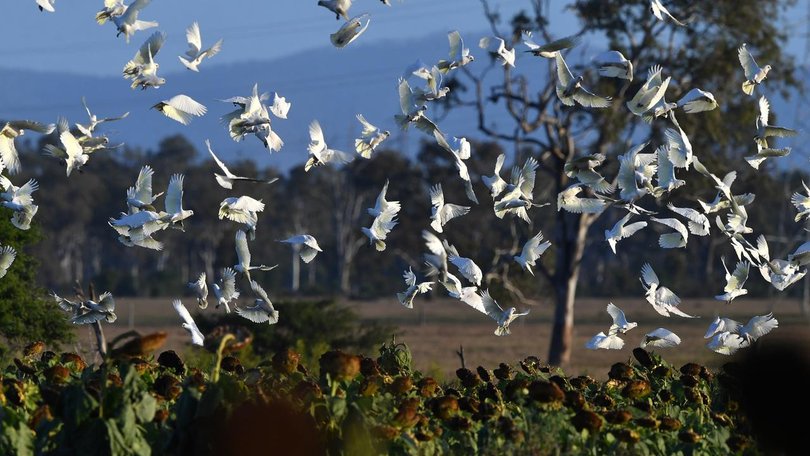Bird flu: Environment ministers summoned to consider plan as new strain bears down on Australia

Environment ministers have been summoned to a special meeting on the looming bird flu threat as Australia asks the US and New Zealand for advice on vaccinating wildlife.
Federal minister Tanya Plibersek has called the meeting for October 18, correspondence shows, after pressure from conservation groups and the ACT government.
ACT Environment Minister Rebecca Vassarotti recently wrote to her federal counterpart, appealing for leadership as Australia awaits the arrival of H5 High pathogenicity avian influenza.
Sign up to The Nightly's newsletters.
Get the first look at the digital newspaper, curated daily stories and breaking headlines delivered to your inbox.
By continuing you agree to our Terms and Privacy Policy.Ms Vassarotti requested an urgent gathering of environment ministers to ensure they were ready to respond to the virus, which has caused mass wildlife deaths overseas.
The federal minister has since written back saying the meeting would go ahead in line with Ms Vassarotti’s suggestion and would involve all environment ministers and their agriculture counterparts.
To date, the federal agriculture department has led a whole-of-government response to the threat, with the involvement of Ms Plibersek’s department.
However, the approach has raised concerns from the Invasive Species Council that wildlife impacts have taken a back seat to poultry industry threats.
Campaigner Jack Gough, who has long been calling for nature-focused plans to limit wildlife losses, said the meeting was good news.
He said environment authorities were going to have to “pick winners” and choose which species to help when the virus hit Australia - something that could happen any day with the arrival of migratory birds.
He was heartened to learn from Ms Plibersek’s letter that her department was working on ways to determine how susceptible particular species were to the virus to prioritise action that might help.
He was also happy to hear authorities were reviewing arrangements for the use of vaccines in Australia, including their potential use in threatened species.
“We have been participating in trilateral wildlife vaccination ‘lessons learned’ discussions with the United States and New Zealand, hosted by Wildlife Health Australia,” Ms Plibersek wrote.
“Vaccination of domestic, captive or threatened wild animals may not be feasible in many circumstances.
“This is why my department is also exploring the potential for other actions to help maximise the resilience of wildlife populations.”
The Invasive Species Council has been highly critical of the $7 million package allocated so far to the bird flu threat and wants more cash put on the table.
“For comparison, $66 million was allocated to preparation for African Swine Fever in 2019,” Mr Gough said.
“I’d think a similar investment is what should occur here.”
AAP has sought comment from Ms Plibersek’s office.
